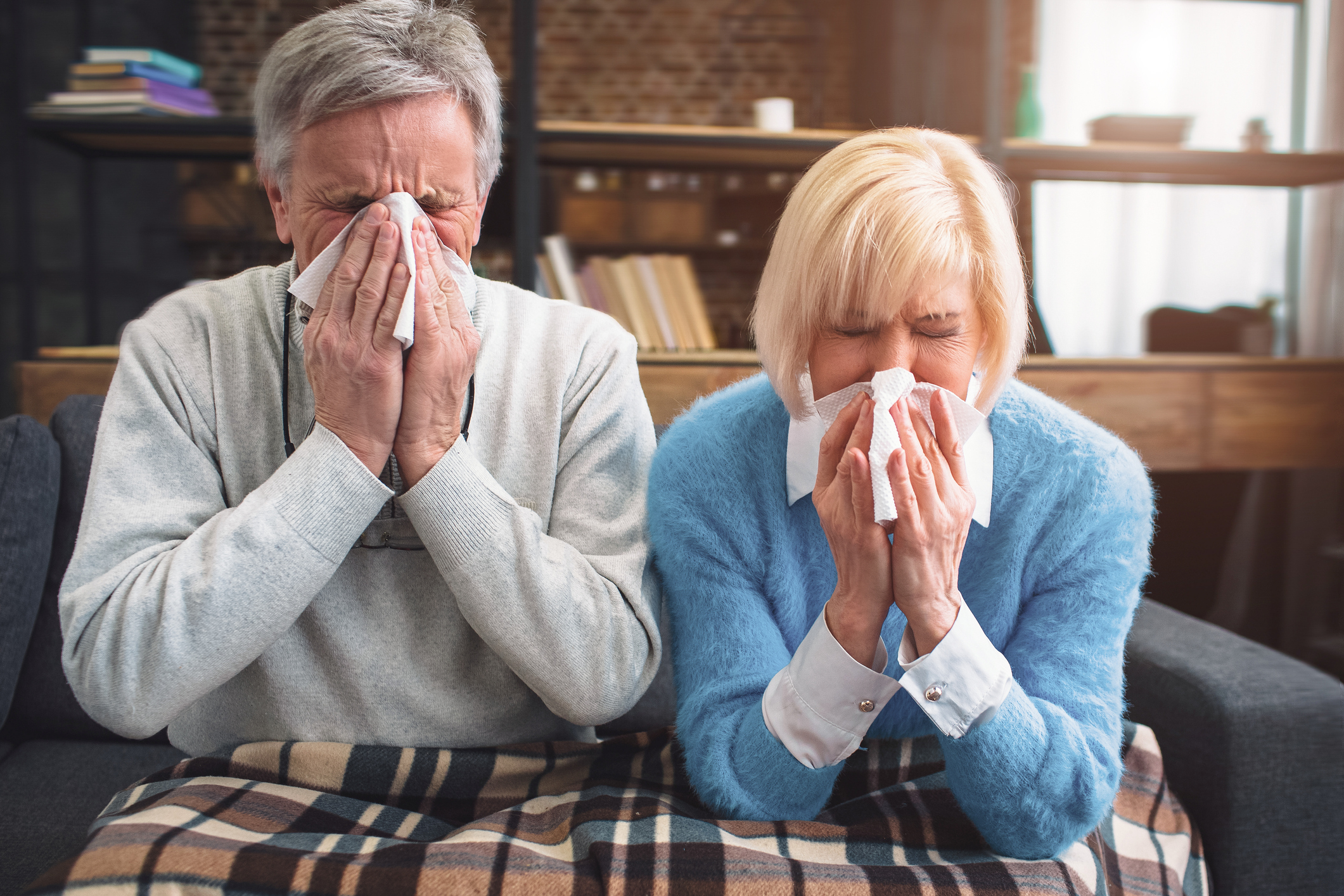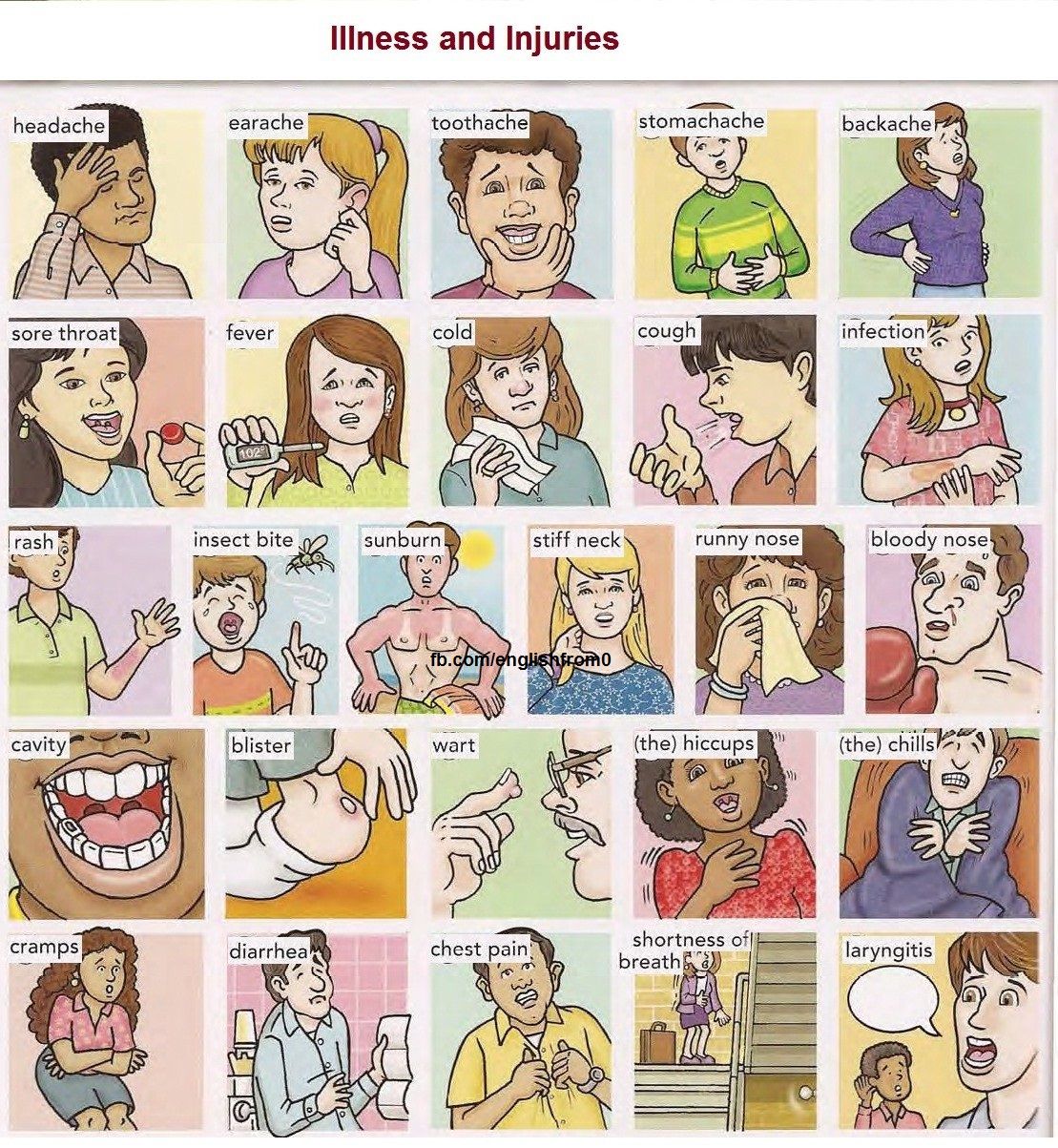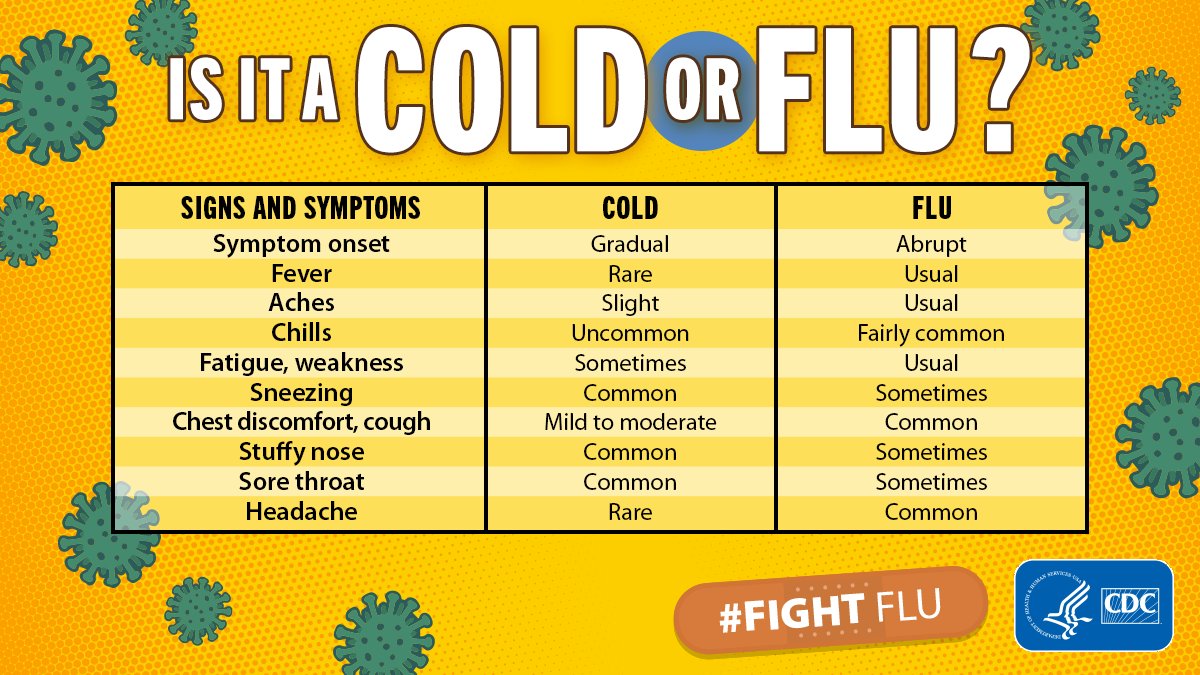Why do fevers make you feel cold. Why Fevers Make You Feel Cold: Understanding Chills and Body Temperature Regulation
Why do fevers cause chills and shivering. How does the body regulate temperature during illness. What causes chills without fever. When should you seek medical attention for fever symptoms.
The Paradox of Feeling Cold During a Fever
Have you ever wondered why you feel cold and shiver when your body temperature is actually elevated? This seemingly contradictory experience is a common symptom of fever, and understanding the underlying mechanisms can help us better manage our health during illness.
Fevers are the body’s natural response to infection, serving as a defense mechanism to create an inhospitable environment for pathogens. However, the process of raising body temperature can lead to some uncomfortable sensations, including chills and shivering.
What Are Chills and Why Do They Occur?
Chills are the sensation of feeling cold, often accompanied by shivering or shaking. They typically occur when the body is trying to raise its internal temperature, which is why they’re commonly associated with fevers.

How does shivering help raise body temperature? Shivering is actually a rapid contraction of muscles, which generates heat through increased metabolic activity. This involuntary response is your body’s way of quickly producing warmth when it perceives a need to increase core temperature.
The Relationship Between Chills and Fever
Chills often precede or accompany a fever, acting as an early warning sign that your body is fighting off an infection. As your internal thermostat is reset to a higher temperature, you may feel cold relative to this new set point, even though your actual body temperature is rising or already elevated.
Common Causes of Fever and Chills
What illnesses typically result in fever and chills? Some of the most frequent culprits include:
- Viral infections like the common cold or flu
- Bacterial infections such as strep throat or urinary tract infections
- Respiratory infections like bronchitis
- Ear infections
- Gastroenteritis (stomach flu)
These conditions stimulate the immune system, triggering the release of pyrogens that affect the hypothalamus, the body’s temperature control center. This results in an elevated temperature set point, leading to fever and associated symptoms like chills.

Experiencing Chills Without Fever: Possible Explanations
Can you have chills without an elevated body temperature? Yes, and there are several potential reasons for this phenomenon:
- Environmental factors: Simple exposure to cold temperatures can trigger shivering as the body attempts to warm itself.
- Hypoglycemia: Low blood sugar levels, particularly in individuals with diabetes, can cause shakiness that mimics chills.
- Anxiety and panic attacks: Extreme stress can manifest physically, including symptoms that resemble chills.
- Night sweats: Fluctuations in body temperature during sleep can lead to alternating sensations of heat and cold.
- Early stages of infection: Chills may occur before a fever fully develops as the body begins to mount its immune response.
The Body’s Temperature Regulation System
How does the human body maintain its temperature? The process of thermoregulation is complex and involves several key components:
- Hypothalamus: Acts as the body’s thermostat, receiving and interpreting temperature signals
- Blood vessels: Dilate or constrict to regulate heat distribution
- Sweat glands: Produce perspiration to cool the body through evaporation
- Muscles: Generate heat through shivering and increased metabolic activity
During a fever, this system is temporarily recalibrated to a higher set point, which is why we experience chills as our body works to reach this new temperature threshold.

Managing Fever and Chills: Effective Treatment Strategies
How can you alleviate the discomfort of fever and chills? While most fevers resolve on their own within a few days, there are several steps you can take to manage symptoms:
- Use over-the-counter fever reducers like acetaminophen or ibuprofen
- Stay hydrated by drinking plenty of fluids
- Rest and allow your body time to recover
- Take a lukewarm bath or apply damp washcloths to the forehead
- Dress in light, breathable clothing, even if you feel cold
It’s important to note that attempting to cool yourself too rapidly can actually prolong chills, so avoid cold baths or excessive air conditioning.
When to Seek Medical Attention
While most fevers are not cause for serious concern, there are instances when professional medical care is warranted. Seek immediate medical attention if:
- Your fever persists for more than three days
- Your temperature exceeds 103°F (39.4°C)
- You experience severe headache, confusion, or difficulty breathing
- You have a compromised immune system or chronic health condition
- Infants under 3 months old develop a fever
The Immune System’s Role in Fever and Chills
How does the immune system contribute to fever and chills? When the body detects an infection, it initiates a complex cascade of events:

- Pathogen detection: Immune cells recognize foreign invaders
- Cytokine release: These signaling molecules alert the rest of the immune system
- Pyrogen production: Substances that affect the hypothalamus are released
- Temperature elevation: The body’s set point is raised, triggering fever and chills
- Immune activation: Higher temperatures enhance immune cell function and inhibit pathogen growth
This process, while uncomfortable, is a crucial part of the body’s defense mechanism against infection.
Differentiating Between Cold and Flu Symptoms
How can you tell if your fever and chills are due to a cold or the flu? While both illnesses can cause similar symptoms, there are some key differences:
| Symptom | Cold | Flu |
|---|---|---|
| Onset | Gradual | Sudden |
| Fever | Rare | Common, often high |
| Chills | Uncommon | Frequent |
| Fatigue | Mild | Severe |
| Body aches | Slight | Often severe |
Understanding these distinctions can help you determine the appropriate course of treatment and whether you should consult a healthcare provider.

The Impact of Fever on Sleep and Daily Activities
How does fever affect our sleep patterns and ability to function? Elevated body temperature can significantly disrupt normal sleep cycles, leading to:
- Difficulty falling asleep
- Frequent waking
- Vivid or disturbing dreams
- Night sweats
- Increased fatigue during the day
These sleep disturbances, combined with the general malaise associated with fever, can greatly impact daily activities and productivity. It’s essential to prioritize rest and recovery during illness to support the body’s healing processes.
Strategies for Improving Sleep During Fever
To enhance sleep quality while dealing with fever and chills, consider the following tips:
- Maintain a cool, comfortable room temperature
- Use breathable bedding materials
- Stay hydrated, but avoid excessive fluid intake close to bedtime
- Practice relaxation techniques to ease discomfort and promote sleep
- Use a humidifier to prevent throat irritation from dry air
The Role of Nutrition in Supporting Immune Function
What dietary choices can help support your body during fever and illness? Proper nutrition plays a crucial role in maintaining a strong immune system and aiding recovery:

- Vitamin C-rich foods: Citrus fruits, berries, and leafy greens
- Zinc sources: Lean meats, nuts, and seeds
- Probiotic-rich foods: Yogurt, kefir, and fermented vegetables
- Antioxidant-packed options: Colorful fruits and vegetables
- Protein-rich foods: Essential for repairing and building immune cells
While appetite may be reduced during illness, maintaining adequate nutrition and hydration is crucial for supporting the body’s defense mechanisms and promoting faster recovery.
Understanding Fever in Different Age Groups
How does the experience of fever differ across age groups? The body’s response to infection and temperature regulation can vary significantly depending on age:
Infants and Young Children
Infants and young children are more prone to developing high fevers due to their immature immune systems and less efficient temperature regulation. They may also experience febrile seizures, which, while generally harmless, can be frightening for parents.
Adults
Adults typically have more stable temperature control mechanisms but may still experience significant discomfort during fever. The threshold for concern is generally higher in adults, with medical attention recommended for persistent high fevers or accompanying severe symptoms.

Elderly Individuals
Older adults may have a diminished fever response due to age-related changes in the immune system. This can make infections more challenging to detect and potentially more dangerous, emphasizing the importance of monitoring overall health in this age group.
Fever and Chills When Sick: What Are Chills?
What are the chills?
If you’ve ever had a high temperature, there’s a good chance you’ve also experienced that strange phenomenon of suddenly feeling very cold or shivery, even though your body is hot1. That feeling is known as ‘the chills’ and they are most commonly associated with fever (a temperature of above 103°F in adults), since chills often happen when the body is about to experience a rise in temperature1,2 and the shivering feeling caused by the chills is simply the result of rapid muscle contractions. These contractions are your body’s way of warming itself up when it’s feeling cold.1
Chills are more common in children than adults, since children are more likely to develop a higher fever than the average grown-up.1
What causes fever with chills?
Since chills are so directly linked with fever, they will most likely share the same cause. A low grade (slight) or high grade fever is your body’s natural response to a viral or bacterial infection. Your body tries to fight off the infection by stimulating your immune system, raising your temperature to help prevent any viruses or bacteria from thriving.3
A low grade (slight) or high grade fever is your body’s natural response to a viral or bacterial infection. Your body tries to fight off the infection by stimulating your immune system, raising your temperature to help prevent any viruses or bacteria from thriving.3
Some common illnesses that may cause fever and chills include: 4
- colds or the flu,
- kidney or urinary tract infections (UTIs),
- bronchitis,
- strep throat,
- ear infections.
If you’re suffering with the flu, you may experience common symptoms such as fever, chills (often sudden fever and chills, since flu symptoms tend to come on very quickly), headaches, body aches and fatigue – as well as other respiratory symptoms.7
Learn more about what colds and the flu look like.
What causes chills but no fever?
There are a few reasons you might experience chills but not fever. Firstly, as mentioned above, chills can often predict a fever or an oncoming rise in the body’s temperature, so it’s possible that you will experience chills and no fever at first, before the fever actually comes on.1
Firstly, as mentioned above, chills can often predict a fever or an oncoming rise in the body’s temperature, so it’s possible that you will experience chills and no fever at first, before the fever actually comes on.1
Other potential causes of chills that are not related to fever or infection may include:
- Being too cold. Yes, it can be that simple. Since chills are the body’s way of trying to increase your temperature, shivering may merely be the result of a freezing winter’s night or being in a room that’s too cold. Your body could just be turning on its natural heating system.1
- Low blood sugar (hypoglycemia). This is most common in people who have diabetes. If blood sugar levels become too low it can cause shakiness, which often looks similar to the chills.5
- Panic attacks. Feelings of extreme anxiety can cause serious physical, as well as psychological, distress.
 Symptoms of a panic attack may include chills, sweats, chest pain, dizziness, heart palpitations and shortness of breath.5
Symptoms of a panic attack may include chills, sweats, chest pain, dizziness, heart palpitations and shortness of breath.5 - Night sweats and chills. Your body is constantly regulating its own temperature, even while you sleep. Most of us know the unpleasant feeling of waking up in the night either freezing cold or feeling so hot it’s as if the room is on fire; moving between chills and sweats. These are ‘night sweats’, and they may occur if your bedroom gets too hot at night, as your body tries to cool you down. The same goes when your bedroom is too cold; you may get the chills as your body shakes to try to get warm again.6
- Stomach flu (gastroenteritis). If you’re suffering from stomach pain and chills, there’s a good chance you have a stomach flu. Despite the name, gastroenteritis isn’t caused by the same virus as the regular flu, but by other types of viruses, bacteria or toxins. It can cause terrible stomach pain, diarrhea, nausea or vomiting, headaches and body aches – and of course, fever and chills.
 8
8
Treatment – relieving fever
Suffering through fever and its associated chills can be extremely unpleasant, and you may be wondering how to break a fever – or at least reduce it. Thankfully, most fevers will go away naturally within a few days, but there are some simple steps you can take in the meantime to help feel better:3, 9
- Try a fever-reducing medicine. An over-the-counter medicine like paracetamol or ibuprofen can help to reduce fever. Theraflu Multi-Symptom Severe Cold Hot Liquid Powder will help to both reduce fever and get to work on your worst cold and flu symptoms – including cough, headache, body aches, sore throat pain and congestion.
- Drink plenty of fluids. This will help to cool your body down and prevent dehydration.
- Get plenty of rest. Allow your body some time to recover and stay home from work or school.
- Take a lukewarm bath.
 Do not try to make yourself colder with a cool or cold bath. You can also apply damp washcloths with slightly warm water to your forehead for some relief.
Do not try to make yourself colder with a cool or cold bath. You can also apply damp washcloths with slightly warm water to your forehead for some relief. - Dress lightly. Wear loose and comfortable clothing, even if you have chills.
It’s important to note that these treatment options are only recommended for fever in older children and adults. Seek immediate medical attention if your child is under 3 months old and has a fever of above 100.4°F, or if they are 3-6 months old and have a fever of above 102°F.10
References
1. Chills. Medline Plus. https://medlineplus.gov/ency/article/003091.htm. Accessed 30/06/20.
2. Fever (Symptoms & causes). Mayo Clinic. https://www.mayoclinic.org/diseases-conditions/fever/symptoms-causes/syc-20352759. Accessed 30/06/20.
3. Fever in adults. NHS Inform. https://www.nhsinform.scot/illnesses-and-conditions/infections-and-poisoning/fever-in-adults.
 Accessed 30/06/20.
Accessed 30/06/20.4. Fever: possible causes. Cleveland Clinic. https://my.clevelandclinic.org/health/symptoms/10880-fever/possible-causes. Accessed 30/06/20.
5. 5 Reasons Why You Might have the Chills. Keck Medicine, University of Southern California. https://www.keckmedicine.org/5-reasons-why-you-might-have-the-chills/. Accessed 01/07/20.
6. Shivering and sweating at night. National Sleep Foundation. https://www.sleepfoundation.org/bedroom-environment/touch/shivering-and-sweating-night. Accessed 01/07/20.
7. Flu symptoms. Centers for Disease Control and Prevention. https://www.cdc.gov/flu/symptoms/symptoms.htm. Accessed 01/07/20.
8. Gastroenteritis. Cleveland Clinic. https://my.clevelandclinic.org/health/diseases/12418-gastroenteritis. Accessed 01/07/20.
9. Treating fever in adults. Harvard Health Publishing, Harvard Medical School. https://www.health.harvard.edu/staying-healthy/treating-fever-in-adults. Accessed 01/07/20.
10. Fever in children.
 NHS. https://www.nhs.uk/conditions/fever-in-children/. Accessed 01/07/20.
NHS. https://www.nhs.uk/conditions/fever-in-children/. Accessed 01/07/20.
Recommended Articles
Feeling Feverish? How to Stop Chills
Fever and chills are common symptoms in a number of health conditions, most commonly when your body is fighting off an infection. Even as your internal body temperature rises, you can start to feel cold and shiver. This symptom is commonly called the “chills,” and it can make you quite uncomfortable.
Please continue reading to understand why chills occur with fever symptoms and what you can do to treat them at home. We will also discuss when to seek medical attention for fever and chills.
What is normal body temperature and what is fever?
The normal core temperature for humans is 97.5°F to 98.9°F (36.4°C to 37.2°C). It can fluctuate throughout the day and is generally lower in the mornings and rises slightly in the evenings. Fever is a body temperature of 100.4°F (38°C) or more.
What other symptoms occur with fever?
Accompanying symptoms with fever can include chills, hot and dry skin, flushed face, runny nose, sore throat, lack of appetite, headache, nausea, vomiting, diarrhea, constipation, low urine output, and muscle aches.
What are chills?
Chills are a sensation of being cold, even when you are not in a cold environment. They can occur with high fevers and cause shaking or shivering. Chills can be an odd sensation because your internal body temperature is higher than usual, and you are overheating and feeling cold at the same time. The chills can be constant, or they can occur periodically for several minutes to an hour at a time.
Body chills are more common in children than adults and can accompany flu symptoms and other infections. Chills commonly happen with urinary tract infections, strep throat, sinusitis, gastroenteritis, pneumonia, and meningitis.
What causes chills with fever?
Chills (shaking, shivering, and feeling cold) often accompany fevers because there’s a big difference between your internal and environmental body temperature. A high-grade fever makes the air around you feel cooler. In response to this, your muscles contract rapidly to produce more heat. This is what causes the shivering or shaking associated with chills. When your fever breaks, the high temperature comes down, your body stops producing heat, and the chills go away.
A high-grade fever makes the air around you feel cooler. In response to this, your muscles contract rapidly to produce more heat. This is what causes the shivering or shaking associated with chills. When your fever breaks, the high temperature comes down, your body stops producing heat, and the chills go away.
Are chills good when you have a fever?
Chills are the body’s natural response to bacterial and other infections. When you shiver due to fever and chills, it helps to raise your body temperature, which in turn helps the immune system to fight off viral and bacterial infections.
Do you have the chills with Covid?
Fever and chills can be symptoms of COVID-19. However, they are nonspecific and could be flu symptoms or symptoms of other viral infections. The only way to know for sure if you have COVID-19 is to get tested.
What is the home treatment for chills?
You can do several things to get relief from chills and stay comfortable.:max_bytes(150000):strip_icc()/when-to-see-a-doctor-for-a-fever-770768_FINAL-5c05c20ec9e77c0001e07722.png)
- Wear light clothing and cover yourself with a light blanket. Avoid more clothes or heavy blankets as they can raise your body temperature even higher.
- Sponge your body with lukewarm water or take a cool shower. This reduces body temperature and helps brings down fever. Avoid cold water as it can trigger chills.
- Drink plenty of water and stay well hydrated.
- Get enough rest to help your body fight off the infection.
- Treat fever with over-the-counter (OTC) medications like aspirin, acetaminophen (Tylenol), or ibuprofen (Motrin, Advil).
When to see a doctor for fever and chills?
Whether you need to see a doctor for chills and fever depends on your symptoms. If your fever is 102 degrees F or less and you experience chills but don’t have any other serious symptoms, it is likely a minor illness. In this case, you can treat chills and fever at home. These symptoms are your body’s normal response to an infection. Drinking lots of fluids, getting rest, and taking over-the-counter fever-reducing medication are usually all that is needed in terms of treatment.
Drinking lots of fluids, getting rest, and taking over-the-counter fever-reducing medication are usually all that is needed in terms of treatment.
If, however, you have a high fever (more than 104 degrees F) and experience uncontrollable chills, you should seek care from a healthcare provider. Other signs and symptoms that require immediate medical attention include a fever that continues for more than a few days, stiff neck, severe headache, bad cough, shortness of breath, hallucinations, or fever-induced seizures in children.
References:
- https://www.hopkinsmedicine.org/health/conditions-and-diseases/fever#:
- https://www.cdc.gov/coronavirus/2019-ncov/symptoms-testing/symptoms.html
Why chills happen and what to do about them
Likbez
Health
November 28, 2018
If you’re shivering, make sure it’s not fatal.
Chills is a physiological reaction of the body to a spasm of superficial blood vessels. Most often, fine shivering is caused by cold. However, chills also have much more unpleasant causes.
Most often, fine shivering is caused by cold. However, chills also have much more unpleasant causes.
Why there is chills at a temperature
After hypothermia, the most common cause of chills is fever. Doctors define this condition as an increase in temperature to 37.7 ° C and above.
Fever itself can be a symptom of a huge number of diseases, including bacterial infections and various inflammatory processes in the internal organs. However, most often we encounter it when we fall ill with ARVI or the flu.
The mechanism of chills in fever is simple. Trying to overcome the infection, the body raises the temperature – this is detrimental to many viruses and bacteria. To speed up the warm-up and keep the heat inside, superficial blood vessels spasm and trembling starts. Therefore, when the temperature rises rapidly, the person looks pale and is desperately shivering.
Why there is chill without fever
1. Cold
It is the cold that causes blood vessels to contract to keep heat inside the body. In response, the body begins to intensively contract and relax the muscles in order to warm up.
In response, the body begins to intensively contract and relax the muscles in order to warm up.
You don’t have to jump out into the cold half-dressed to get chilly. A sudden change in temperature is enough (for example, when you go from a hot street into a room with a working air conditioner) or a slight gust of wind when you are wearing wet clothes.
2. Taking medications
Some medications, including over-the-counter medications, cause excessive sweating and chills. These side effects are written in the instructions for use.
Combination or overdose of drugs can also cause shivering.
By the way, for this reason, elderly people often get chills. They take an impressive range of all kinds of drugs, not really reading the instructions.
3. Extreme physical activity
When you run a marathon, swim a kilometer, or do your best in any other way, your muscles generate a lot of heat. Because of this, the body heats up and begins to cool down with the help of sweating.
The temperature difference between the skin and the surrounding air often causes chills. Most often, athletes get chills on too hot (when the body is actively sweating) or too cold days.
4. Endocrine disorders
Constant feeling of cold and associated chills are common symptoms of hypothyroidism (reduced production of thyroid hormones). Due to a lack of hormones, the body cannot effectively regulate temperature. Therefore, it tries to retain heat by spasming the subcutaneous blood vessels and starting to shiver.
5. Menstruation and menopause
Significant hormonal fluctuations also occur in these situations.
6. Hypoglycemia
This is the name given to a sudden drop in blood sugar levels. It may occur for various reasons. For example, you overexerted yourself physically or psychologically. Or sit on a too rigid diet, in which the body does not have enough glucose. Or you suffer from diabetes, but your doctor made a mistake with the dosage of the medicines.
With hypoglycemia, we experience acute weakness, including muscle weakness. Exhausted muscles begin to tremble, chills appear.
Hypoglycemia is a dangerous condition. If the blood sugar level continues to drop, it can lead to damage to the nervous system up to epileptic convulsions, loss of consciousness and coma.
7. Malnutrition
It has the same effect as hypoglycemia. But in this case, muscle weakness is caused by a lack of not only glucose in the blood, but also other nutrients.
If you have regular chills due to diet or weight loss, be sure to see your doctor. After all, after the chills come a breakdown, hair loss, inability to conceive, insomnia, depression and even anorexia, which can be fatal. You need to normalize your diet as soon as possible.
8. Stress and emotional overstrain
Stress increases the level of adrenaline. Among other things, this hormone causes spasm of superficial vessels and, as a result, trembling. That is why people “already shake” when they are angry or very worried.
That is why people “already shake” when they are angry or very worried.
How to treat chills
Given the variety of causes, there is no general treatment algorithm. It is necessary to act depending on the situation:
- If you are cold, drink hot tea, try to warm up and relax. This will remove the spasm.
- If you have chills due to an infection and fever, see your doctor and follow his advice.
- If you are overextended physically or emotionally, allow yourself a few minutes of relaxation: take a breath, calm down.
- If you regularly experience chills, see your doctor to rule out hormonal imbalances, developing diabetes, or nutritional deficiencies.
Read also 😨😬😑
- 6 signs that dizziness is life-threatening
- How to know if you have parasites
- What will happen to you after giving up sugar
Why does the heat make you feel cold?
Zodiac Compatibility
Celebrity Compatibility
Check Zodiac Compatibility
In loveIn family lifeIn bedIn business
Your zodiac sign:
Your partner’s zodiac sign:
AriesTaurusGeminiCancerLeoVirgoLibraScorpioSagittariusCapricornAquariusPisces
AriesTaurusGeminiCancerLeoVirgoLibraScorpioSagittariusCapricornAquariusPisces
Article
upper limit-leaders’>
Why do we feel cold during a fever when the body temperature rises? Nicole VanGroningen:
Anyone who has ever had the flu knows that a fever is not uncomfortable because you are hot, but because you feel icy cold. You get goosebumps, you tremble, you roll on the blankets.
You get goosebumps, you tremble, you roll on the blankets.
Fever, also known as hyperthermia , is defined as an increase in body temperature above the normal range due to an increase in the body’s natural set temperature. Most people associate fever with infections, but fever can also often occur with autoimmune diseases, cancer, drug reactions, and even blood clots. Fever is not a direct result of these conditions, but rather a consequence of triggering the body’s inflammatory pathways. One of the key players in this inflammatory cascade is a group of molecules called pyrogens which interact directly with the hypothalamus in the brain to cause fever.
The hypothalamus serves as the body’s thermostat. When pyrogens are triggered, the hypothalamus tells the body to generate heat, causing shivering, goosebumps, and constriction of blood vessels near the surface of the skin. It even elicits a subjective sensation of coldness, which prompts behavioral responses that increase body temperature, such as reaching for a blanket.

 Symptoms of a panic attack may include chills, sweats, chest pain, dizziness, heart palpitations and shortness of breath.5
Symptoms of a panic attack may include chills, sweats, chest pain, dizziness, heart palpitations and shortness of breath.5 8
8 Do not try to make yourself colder with a cool or cold bath. You can also apply damp washcloths with slightly warm water to your forehead for some relief.
Do not try to make yourself colder with a cool or cold bath. You can also apply damp washcloths with slightly warm water to your forehead for some relief. Accessed 30/06/20.
Accessed 30/06/20. NHS. https://www.nhs.uk/conditions/fever-in-children/. Accessed 01/07/20.
NHS. https://www.nhs.uk/conditions/fever-in-children/. Accessed 01/07/20.